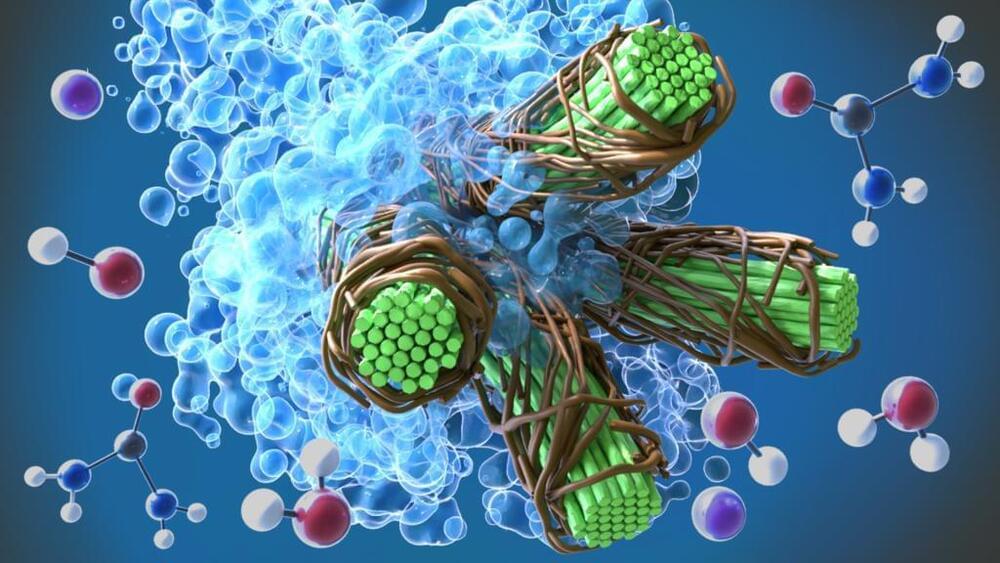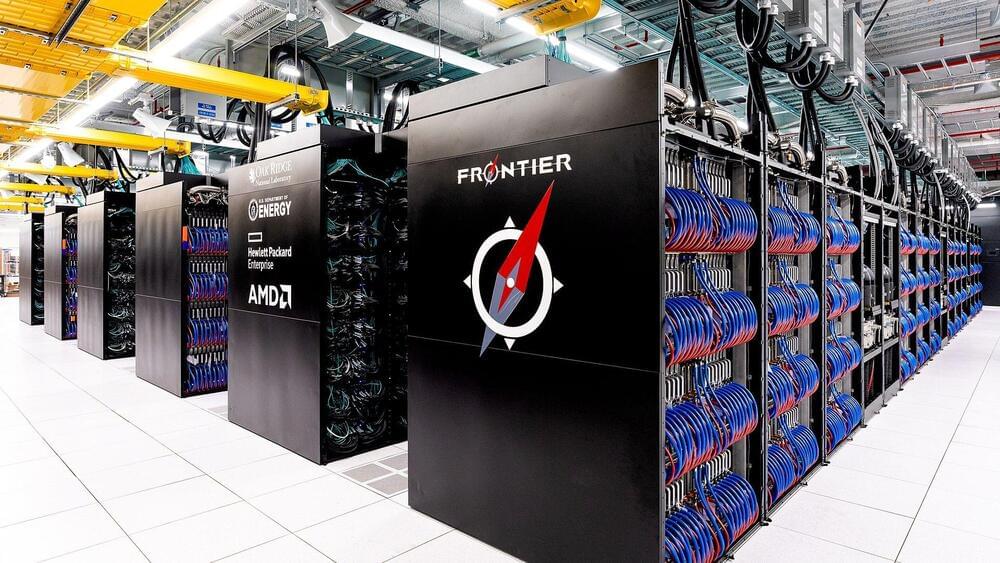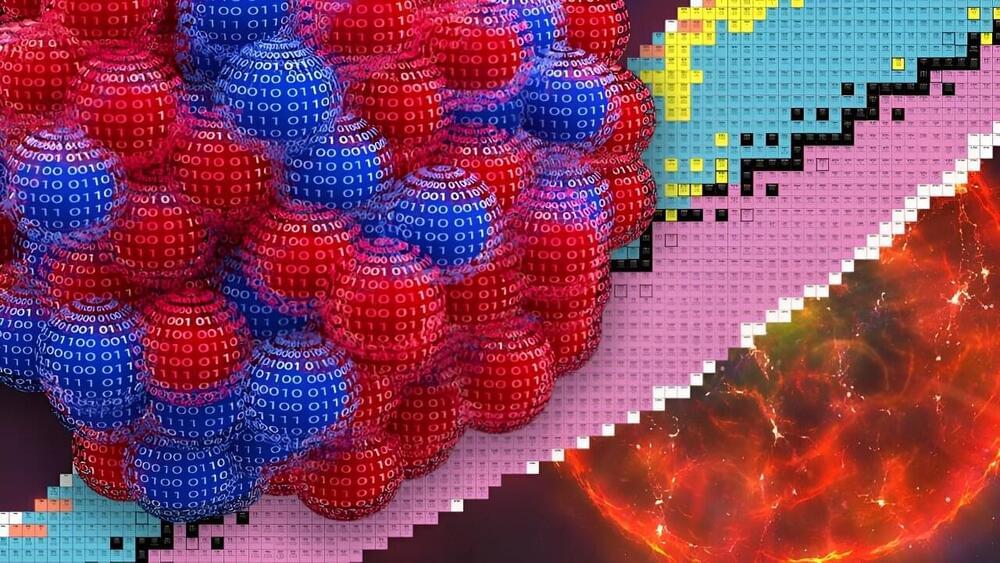Sep 12, 2024
Oracle Unveils World’s First Zettascale AI Supercomputer with 131K NVIDIA Blackwell GPUs
Posted by Dan Breeden in categories: Elon Musk, robotics/AI, supercomputing
Elon Musk is not smiling: Oracle and Elon Musk’s AI startup xAI recently ended talks on a potential $10 billion cloud computing deal, with xAI opting to build its own data center in Memphis, Tennessee.
At the time, Musk emphasised the need for speed and control over its own infrastructure. “Our fundamental competitiveness depends on being faster than any other AI company. This is the only way to catch up,” he added.
XAI is constructing its own AI data center with 100,000 NVIDIA chips. It claimed that it will be the world’s most powerful AI training cluster, marking a significant shift in strategy from cloud reliance to full infrastructure ownership.

















